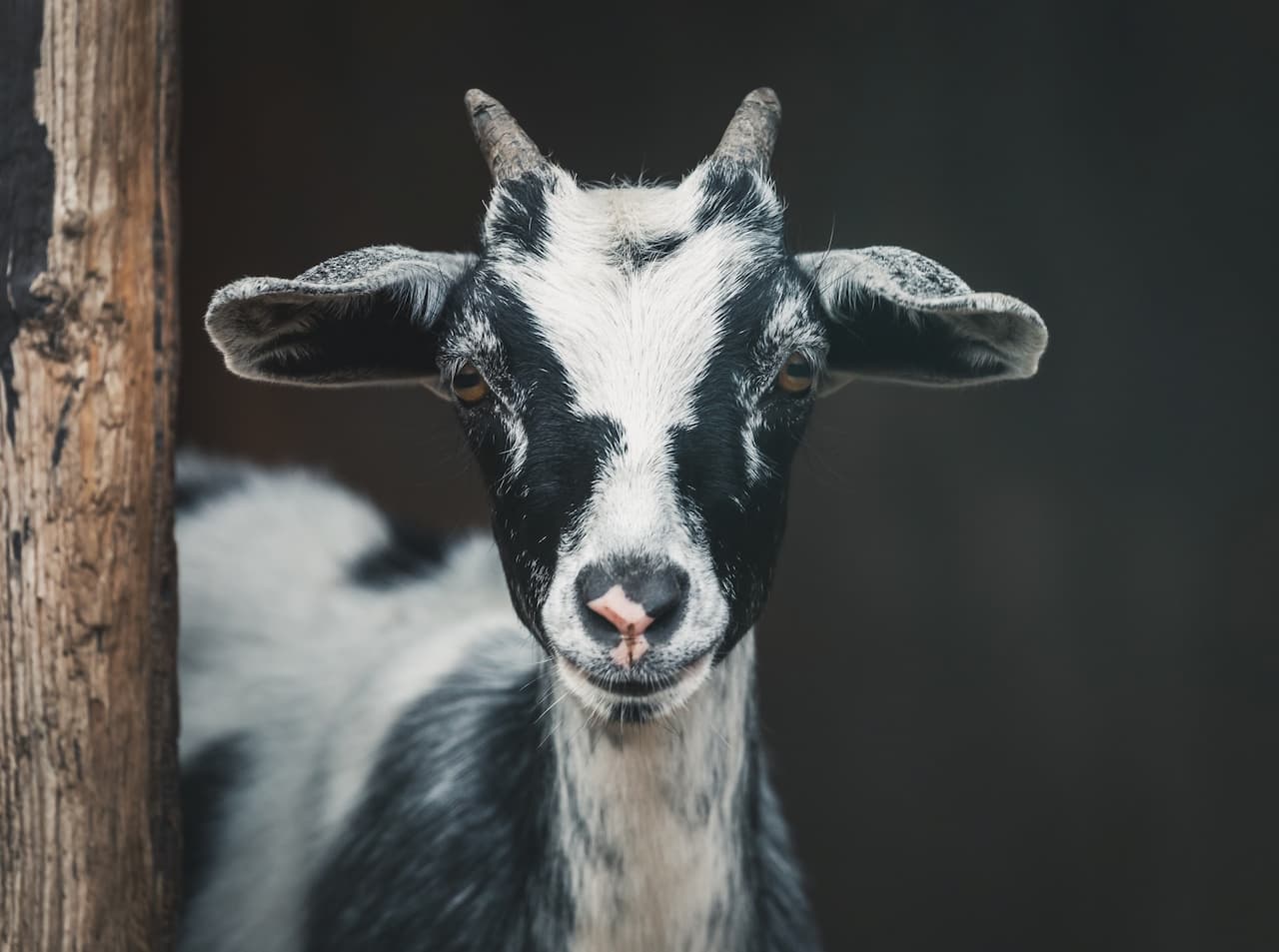Fainting goats, also known as myotonic goats, are a fascinating breed that has gained popularity for their unique reaction to fear and stress. These goats are not only charming and adorable, but they also possess a distinctive characteristic that makes them stand out from other breeds. In this article, we will delve into the world of fainting goats, exploring their behavior, care, and the reasons behind their fainting condition.
Originally bred in the United States, fainting goats are often seen as a novelty due to their peculiar fainting response, which is caused by a genetic condition known as myotonia congenita. This condition results in a temporary stiffness of the muscles when the goat is startled. The fainting phenomenon has captured the hearts of many, leading to an increase in their popularity as pets and livestock. In the following sections, we will cover everything you need to know about fainting goats, from their history and biology to their care and training.
Whether you are considering adding a fainting goat to your farm or simply want to learn more about this intriguing breed, you have come to the right place. With comprehensive information backed by credible sources, this article aims to provide expert insights into the world of fainting goats, ensuring you have a solid understanding of their needs and behaviors.
Table of Contents
- 1. History of Fainting Goats
- 2. Biological Characteristics
- 3. Behavior and Temperament
- 4. Care and Maintenance
- 5. Health Considerations
- 6. Training Fainting Goats
- 7. Uses of Fainting Goats
- 8. Conclusion
1. History of Fainting Goats
The history of fainting goats dates back to the early 19th century in the United States. They were originally discovered in Tennessee, where farmers noted that certain goats would stiffen and fall over when startled. This unique trait was quickly recognized, and these goats were selectively bred for their myotonic condition. The breed became known as "Tennessee Fainting Goats" and gained attention for their unusual behavior.
Fainting goats were primarily used as farm animals, providing milk and meat, but their quirky behavior made them popular as pets. Over the years, this breed has spread across the United States and even to other parts of the world, where they are cherished for their unique charm and entertaining antics.
Fainting Goat Breeds
While all fainting goats share the myotonic trait, there are a few specific breeds that are commonly recognized:
- Tennessee Fainting Goat
- Miniature Fainting Goat
- Standard Fainting Goat
2. Biological Characteristics
Fainting goats are medium-sized goats with a distinctive appearance. They have a stocky build, short legs, and a broad body. Their coat can come in a variety of colors, including black, white, brown, and spotted patterns. The most notable feature of fainting goats is their muscle condition, which is a result of a genetic mutation.
Myotonia Congenita
Myotonia congenita is the genetic condition that causes the fainting response in these goats. When startled, the muscles of the goat stiffen, leading to a temporary inability to move. This condition is not harmful and is typically not associated with pain. The fainting lasts for a few seconds, after which the goat regains its normal mobility.
3. Behavior and Temperament
Fainting goats are known for their friendly and docile nature. They are social animals that thrive in herds, making them great companions for other livestock. Their curious and playful personality often leads them to engage with their environment and the people around them.
Social Structure
In a herd setting, fainting goats establish a social hierarchy. They are generally non-aggressive, but they can exhibit playful behaviors that may include jumping and running. Their sociable nature makes them ideal for families looking for a playful pet.
4. Care and Maintenance
Caring for fainting goats requires understanding their specific needs, including diet, shelter, and social interaction.
Diet
Fainting goats require a balanced diet that includes:
- High-quality hay
- Grain supplements
- Fresh water
- Mineral blocks
Housing
Providing appropriate shelter is crucial for the health of fainting goats. They need a clean, dry, and well-ventilated space protected from extreme weather conditions. Fencing should be secure to prevent escape and protect from predators.
5. Health Considerations
Like all animals, fainting goats can be susceptible to various health issues. Regular veterinary check-ups are essential to ensure their well-being.
Common Health Issues
- Parasites
- Foot rot
- Respiratory issues
6. Training Fainting Goats
Training fainting goats can be a rewarding experience. With consistent and positive reinforcement, these goats can learn basic commands and tricks.
Basic Training Tips
- Start with simple commands like "come" and "stay."
- Use treats as rewards for good behavior.
- Be patient and consistent in your training approach.
7. Uses of Fainting Goats
Fainting goats serve various purposes, from farm animals to beloved pets. Their gentle temperament and unique characteristics make them suitable for a range of roles.
Farming and Companionship
Fainting goats are often kept for:
- Meat production
- Milk production
- Pest control in gardens
- As pets and companions
8. Conclusion
In conclusion, fainting goats are a unique and lovable breed that offers both companionship and utility. Their fascinating behavior, friendly disposition, and relatively easy care requirements make them an attractive option for many households. By understanding their needs and characteristics, you can ensure a happy and healthy life for your fainting goats.
We encourage you to share your thoughts or experiences with fainting goats in the comments below. If you found this article informative, consider sharing it with fellow goat enthusiasts or exploring more articles on our site.
Thank you for reading, and we hope to see you back for more insights into the wonderful world of animals!



